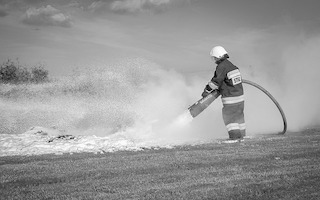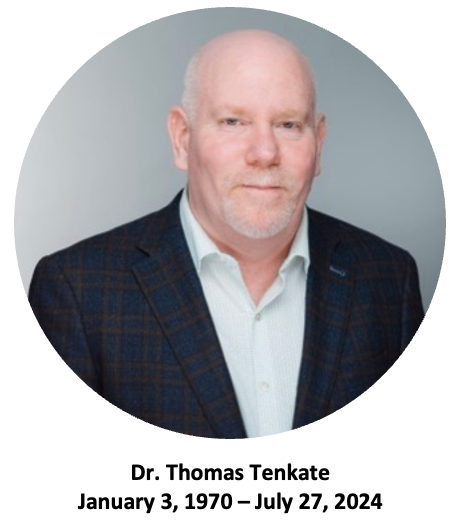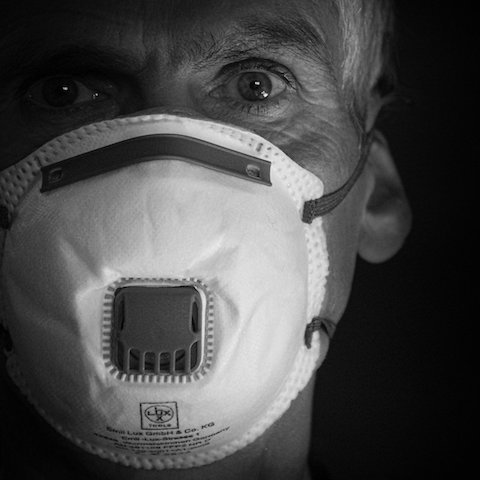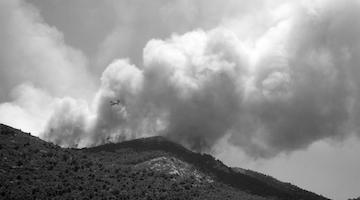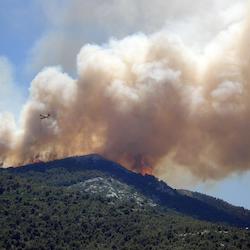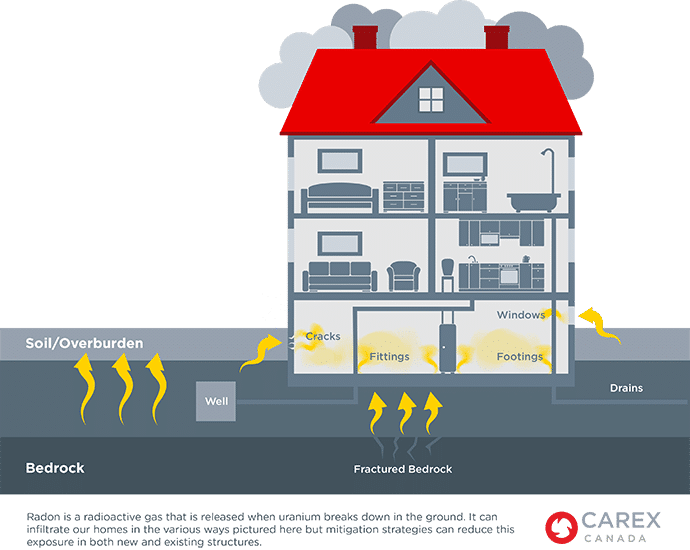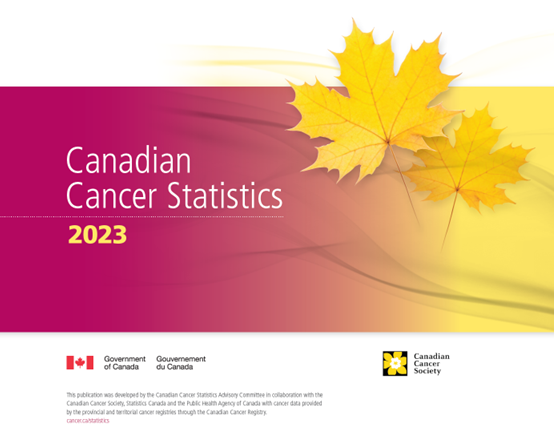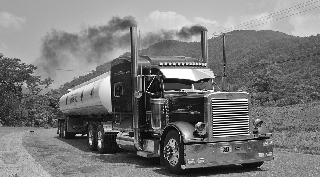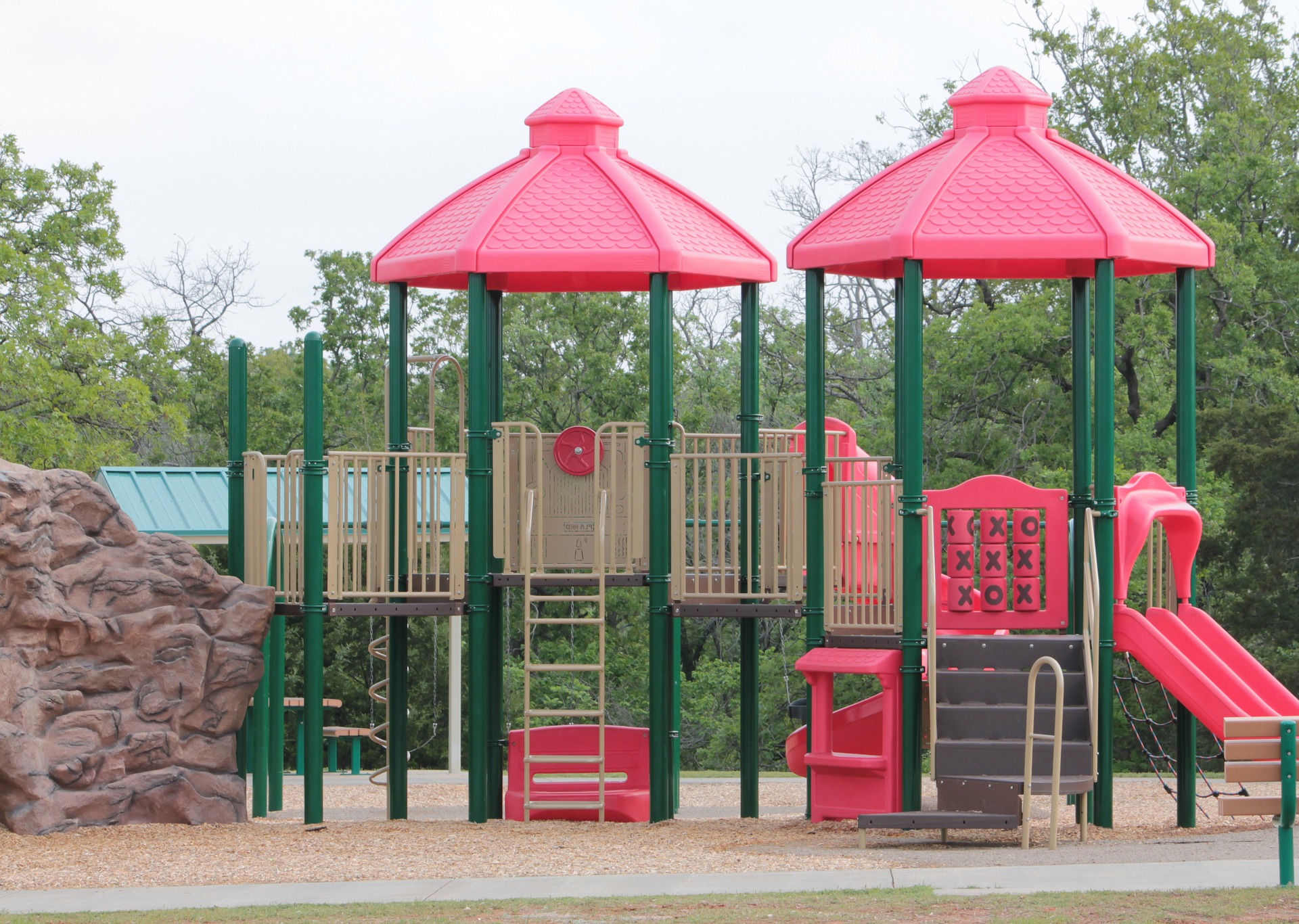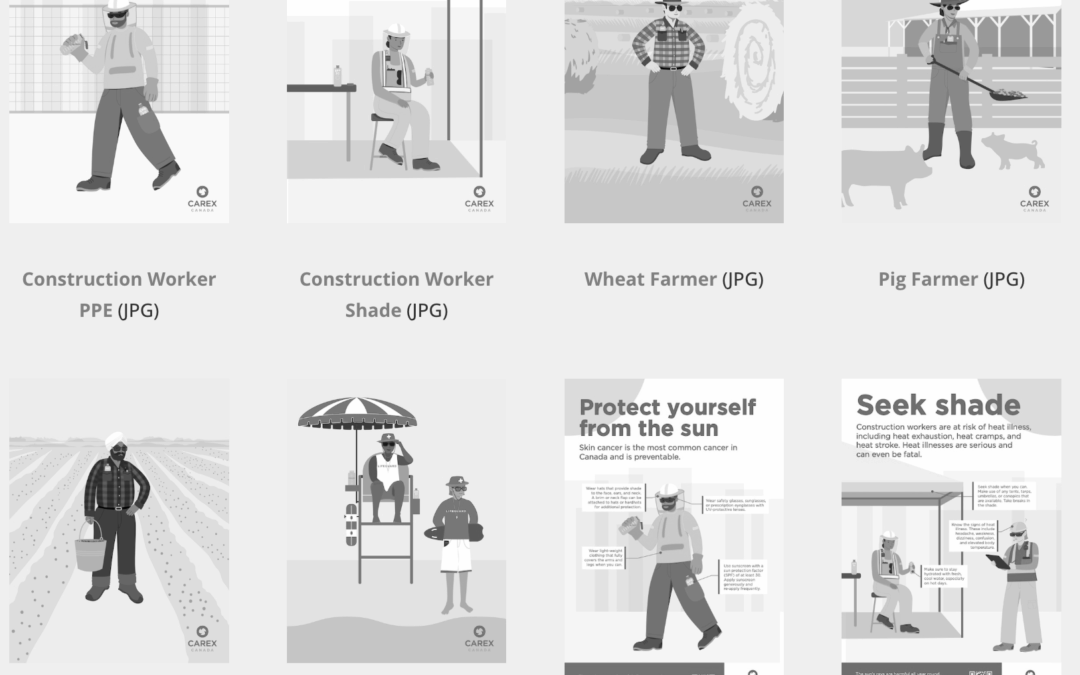
Spring 2025 e-Bulletin
IN THIS ISSUE
Spotlight on sun safety at work – New sun safety illustrations and messages for construction workers
Community profiles – Bill 5 threatens environmental protections and First Nations rights
Research updates – Combating misinformation with StopSCAM
Communications updates – Gasoline classified by IARC as known carcinogen
CAREX news – CAREX Canada is now on Blueskky
SPOTLIGHT ON SUN SAFETY AT WORK
New sun safety illustrations and messages for construction workers
In Canada, approximately 1.7 million workers are exposed to sun on the job, making it one of the country’s most prevalent workplace carcinogen exposures. As part of our efforts to help reduce these exposures and influence sun safety behaviours, we collaborated with key experts and stakeholders to develop a set of sun safety messages that are tailored for outdoor construction workers, who are at high risk of sun exposure. The messages, which are free to use and available on our website here, include sun safety facts, recommendations for skin, eye, and heat illness protection, and more.
We also created a suite of illustrations of workers in various jobs that experience high sun exposure at work – including construction workers, farmers, and lifeguards – with appropriate and realistic sun protections. These illustrations were created to help raise awareness of occupational sun safety, mobilize sun safety messaging, and address a gap in the availability of Canadian-specific and inclusive sun safety imagery. They are also free to use with appropriate credit and are available on our website here.
In collaboration with the BC Construction Safety Alliance (BCCSA), we created two posters for workplaces using the sun safety messages for construction workers and new illustrations. The posters – one on personal protective equipment (PPE) and one on seeking shade – are available here and on the BCCSA sun safety resources webpage. Dr. Cheryl Peters recently presented at a BCCSA webinar on sun safety and heat stress, which can be viewed here.

COMMUNITY PROFILES
Bill 5 threatens environmental protections and First Nations rights
As a part of our ongoing commitment to Indigeneity, Equity, Diversity, and Inclusion (IEDI), the “Community Profiles” section of our newsletter is devoted to uplifting and raising the profile of communities that may be at greater risk of exposure to carcinogens, or who have recently made progress in finding solutions to combat exposures.
This May, the Protect Ontario by Unleashing our Economy Act, 2025 (Bill 5) went through a second reading debate, and the legislation has now been referred to the Standing Committee on the Interior. A key component of this legislation is the ability to create Special Economic Zones, which will effectively exempt businesses and projects within those zones from provincial and municipal laws. A glaring omission in these law-free zones, according to multiple Chiefs and First Nations representatives, is the Government of Ontario’s commitment to work with First Nations and to engage in Free, Prior, and Informed Consent (FPIC) on all industry developments in the province.
Centered in this proposed legislation is the large mineral-rich area dubbed the Ring of Fire, traditionally referred to as Kawana ‘bi ‘kag. This vast area in northern Ontario contains large quantities of chromite, copper, gold, nickel, platinum group elements, and zinc. Not only is this area economically significant, it is also situated within Treaty 9 territory near many First Nations.
In January, 15 of these nearby First Nations and the Impact Assessment Agency of Canada finalized the terms of reference for proceeding with a co-led regional assessment, which would outline the environmental, health, social, and economic impacts of development in this area. Bill 5 and the Special Economic Zones, if enacted, could see the complete dissolution of this proposed impact assessment, bypassing Indigenous human rights, treaty rights, and environmental responsibility.
Indigenous Nations and groups fighting to have their voices heard are not only exercising their treaty right to co-govern alongside federal and provincial decision makers, but are also ensuring that their right to a clean environment is being upheld. Grand Chief Alvin Fiddler of Nishnawbe Aski Nation stated recently: “We have fresh water, we have trees, we have the second-largest carbon sink in the world and we have minerals that are rich. But we’ve also learned some very painful lessons in the past that in order for us to meaningfully benefit from these resources, we need to do it right.”
In response to the backlash from many First Nations leaders over their failure to be consulted on the development of Bill 5, the Ontario government has proposed an amendment to include language that recognizes Indigenous and treaty rights in line with Section 35 of the Constitution Act, 1982. By bringing forward this sweeping bill, many Indigenous leaders believe the government has already failed in their duty to consult and have called for the Bill to be thrown out, “so that they can be consulted from the start“.
RESEARCH UPDATES
Combating misinformation with StopSCAM
Members of the CAREX Canada team have launched StopSCAM (Stop the Spread of Cancer Misinformation), a research platform that explores how people find information about cancer and how false information spreads online. This research, which is sponsored by the Canadian Cancer Society (CCS), supports public health efforts to fight cancer misinformation and make online spaces safer for Canadians to find reliable cancer information. Team members recently presented on this work at a Café Scientifique event hosted by CCS and UBC’s Cancer Prevention Research Cluster, where they engaged in thoughtful discussions on addressing cancer misinformation and shared some results from a new national survey.
Learn more about their ongoing work on addressing cancer misinformation at stopscam.ubc.ca.
COMMUNICATIONS UPDATE
Gasoline classified by IARC as known carcinogen
The International Agency for Research on Cancer (IARC) recently evaluated the carcinogenicity of automotive gasoline and has classified it as carcinogenic to humans (Group 1) based on sufficient human evidence that it causes bladder cancer and acute myeloid leukaemia in adults.
Workers who may be exposed to gasoline vapours in Canada include service station attendants, gasoline tank truck drivers, mechanics, workers at bulk loading terminals and marine loading docks, refinery workers, and more. The general population can be exposed to gasoline vapours when refuelling automobiles and refuelling or using other gasoline-powered equipment, such as lawnmowers. Learn more about gasoline exposures in Canada here.
CAREX NEWS
CAREX Canada is now on Bluesky
We’ve joined Bluesky! Follow us here for news and information on exposures to occupational and environmental carcinogens, updates on our work, upcoming events, and more. Please share with your networks – we look forward to connecting with you there!
Don’t have Bluesky? You can also keep in touch with us on LinkedIn or by subscribing to our newsletters, including our monthly Carcinogens in the News digest.
Please note that the CAREX Canada e-Bulletin is now a bi-annual digest. For more regular communications from us, please subscribe to Carcinogens in the News, a monthly digest of media articles, government reports, and academic literature related to the carcinogens we’ve classified as important for surveillance in Canada.
Subscribe to our newsletters
The CAREX Canada team offers two regular newsletters: the biannual e-Bulletin summarizing information on upcoming webinars, new publications, and updates to estimates and tools; and the monthly Carcinogens in the News, a digest of media articles, government reports, and academic literature related to the carcinogens we’ve classified as important for surveillance in Canada. Sign up for one or both of these newsletters below.
CAREX Canada
School of Population and Public Health
University of British Columbia
Vancouver Campus
370A - 2206 East Mall
Vancouver, BC V6T 1Z3
CANADA
As a national organization, our work extends across borders into many Indigenous lands throughout Canada. We gratefully acknowledge that our host institution, the University of British Columbia Point Grey campus, is located on the traditional, ancestral, and unceded territories of the xʷməθkʷəy̓əm (Musqueam) people.







